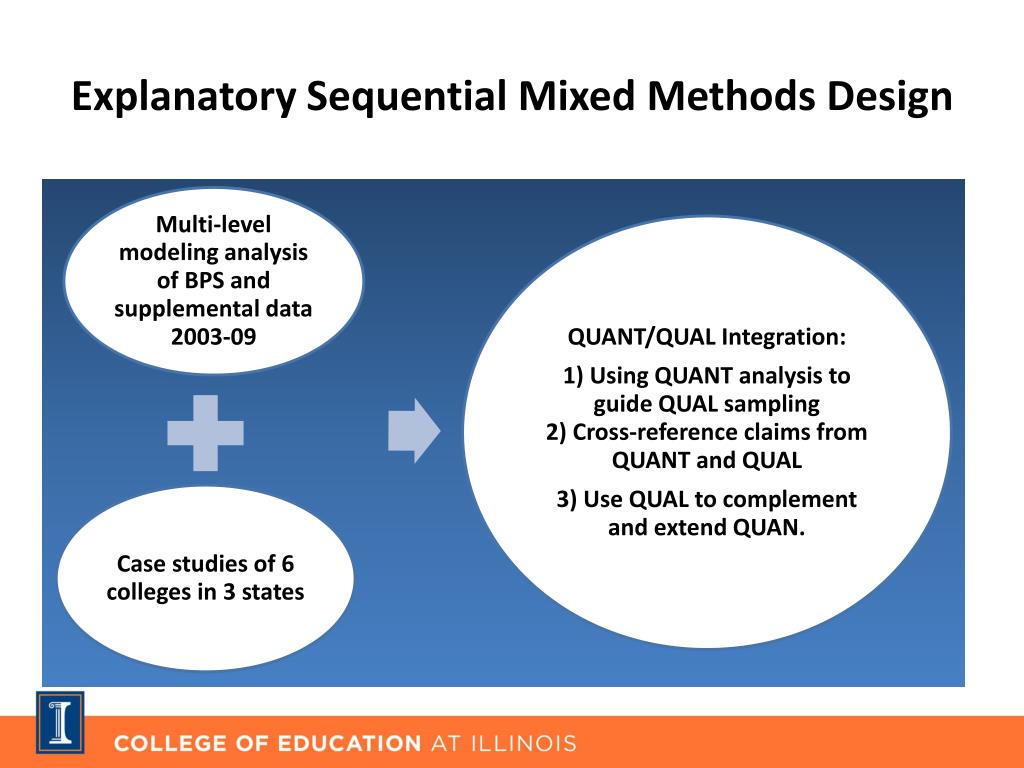

A methodology for conducting integrative mixed methods research and data analyses. Data-analysis strategies for mixed-method evaluation designs. The Sage handbook of social research methods. In: Alasuutari P, Bickman L, Brannen J, editors. The research question in social research: what is its role? Int J Soc Res Methodol. Evaluating the impact of a walking program in a disadvantaged area: using the RE-AIM framework by mixed methods. 2002 40(6):641–8.īaba CT, Oliveira IM, Silva AEF, Vieira LM, Cerri NC, Florindo AA, de Oliveira Gomes GA. Journeying from the philosophical contemplation of constructivism to the methodological pragmatics of health services research. We also provide a practical overview of its application in health research as well as pragmatic considerations for those wishing to undertake mixed methods research. Designed as a guide for novice mixed methods researchers, this chapter gives an overview of the historical and philosophical roots of mixed methods research. Integration of the two data sources then occurs with consideration is given to the weighting of both sources these can either be equal or one can be prioritized over the other. Both qualitative and quantitative data can be collected simultaneously or sequentially (in any order) through a multiphase project. Multiple designs are possible and can be guided by philosophical assumptions.
EXPLORATORY SEQUENTIAL DESIGN MIXED METHODS SERIES
Using this methodology, the same core issue is investigated through the collection, analysis, and interpretation of both types of data within one study or a series of studies. Combining both the in-depth, contextual views of qualitative research with the broader generalizations of larger population quantitative approaches, mixed methods research can be used to produce a rigorous and credible source of data. Mixed methods research is becoming increasingly popular and is widely acknowledged as a means of achieving a more complex understanding of research problems.


 0 kommentar(er)
0 kommentar(er)
